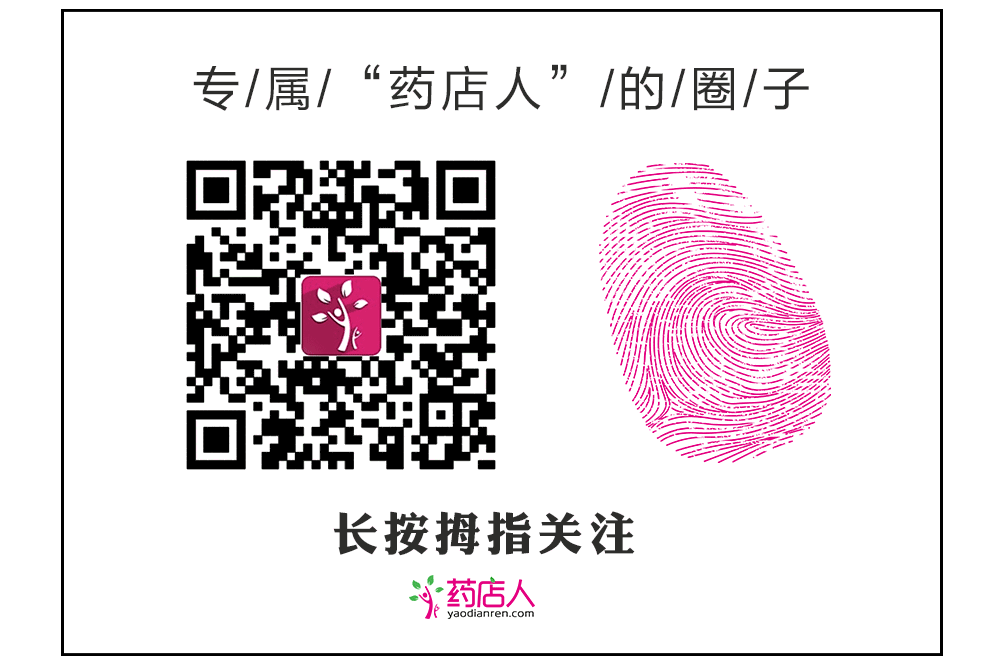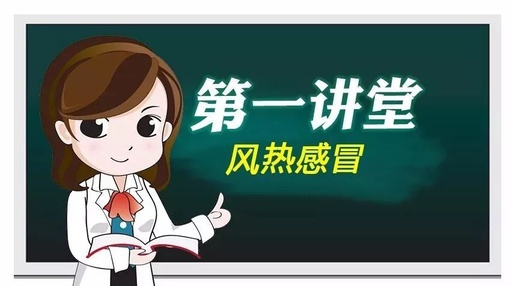Please indicate the author and source from the “Pharmacy People” WeChat public account (yaodianren520)
Wind-heat cold is caused by the invasion of wind-heat evil and the disharmony of lung qi. Symptoms include high fever, slight aversion to wind, headache, sweating, sore and swollen throat, cough, sticky or yellow phlegm, nasal congestion with yellow discharge, thirst with a preference for drinking, a red tip and edges of the tongue, and a thin white coating with slight yellow. Wind-heat cold is commonly seen in summer and autumn, resulting from the external invasion of wind-heat. Traditional Chinese Medicine (TCM) considers wind-heat cold as a manifestation of the invasion of wind-heat evil.1. Common Triggers
Occurs in spring, summer, and autumn due to the invasion of wind-heat evil.
2. Key Points in Inquiry
1. Inquire about the presence of symptoms such as fever, headache, nasal congestion with sweating, sore throat, cough, runny nose, and thirst; whether there is aversion to cold;
2. Inquire whether the cough produces yellow and thick phlegm, and if there is yellow and turbid nasal discharge;
3. Check if the tongue coating is yellow and greasy.
3. Diagnostic Points
Diagnosis can be made based on symptoms, duration of illness, and season of onset.
4. Exclude the Following ConditionsWind-Cold Cold: Wind-cold cold is caused by the invasion of wind-cold evil and the failure of lung qi to disperse. Symptoms include severe aversion to cold, mild fever, absence of sweating, headache, body aches, nasal congestion with clear discharge, cough with thin white phlegm, no thirst or preference for hot drinks, and a thin white tongue coating. The two can be differentiated by symptoms.
Wind-heat cold is caused by the invasion of wind-heat evil and the disharmony of lung qi. Symptoms include high fever, slight aversion to wind, headache, sweating, sore and swollen throat, cough, sticky or yellow phlegm, nasal congestion with yellow discharge, thirst with a preference for drinking, a red tip and edges of the tongue, and a thin white coating with slight yellow. Wind-heat cold is commonly seen in summer and autumn, resulting from the external invasion of wind-heat. TCM considers wind-heat cold as a manifestation of the invasion of wind-heat evil.
5. Treatment Principles
1. Focus on Antiviral Treatment: Avoid the blind use of antibacterial drugs, as they are ineffective and may disrupt the normal intestinal flora, worsening the condition and prolonging the illness. If there is a bacterial infection, add Huanglian Su (Huanglian extract) or Norfloxacin.
2. Symptomatic Treatment: TCM believes that wind-heat cold is caused by the invasion of wind-heat evil. The treatment primarily focuses on dispersing the exterior with acrid-cool herbs and clearing heat and detoxifying. Commonly used Chinese patent medicines include Yinqiao Jiedu Pian (Yinqiao Detoxification Tablets), Ganmao Tuire Keli (Cold and Fever Relief Granules), Lingyang Ganmao Pian (Antelope Cold Tablets), and Sangju Ganmao Pian (Sangju Cold Tablets).
|
Clinical Symptoms |
Symptomatic Medication |
|
Fever, headache, cough, dry mouth, sore throat |
Yinqiao Jiedu Pian, Ganmao Tuire Keli, Lingyang Ganmao Pian, Sangju Ganmao Pian |
|
Antiviral |
Antiviral Oral Liquid, Ribavirin Granules, Banlangen Chongji (Isatis Root Granules) |
|
Combined Bacterial Infection |
Huanglian Su, Norfloxacin |
6. Related Sales
|
Category |
Symptomatic Medication |
|
|
Main Medicine |
Antiviral |
Such as Antiviral Oral Liquid, Ribavirin Granules, Banlangen Chongji |
|
Auxiliary Medicine |
Symptomatic treatment to relieve symptoms |
Such as Yinqiao Jiedu Pian, Ganmao Tuire Keli, Lingyang Ganmao Pian, Sangju Ganmao Pian |
|
Related Medications |
Enhance immunity |
Such as Vitamin C, Garlic Oil |
7. Professional Tips
1. A light diet is recommended, and during the early stage of a cold, it is advisable to drink plenty of water to meet the body’s increased metabolic needs, which is beneficial for alleviating symptoms and shortening the duration of illness;
2. During the fever phase of wind-heat cold, avoid greasy, rich, and sweet foods, as well as overly salty foods;
3. Avoid drinking tea within 2 hours before and after taking Huanglian Su;
4. Norfloxacin should be taken on an empty stomach, with 250ml of water.
(This article is for professional reference only)


Send #精品# to the Pharmacy People public account
Many quality articles for you to read

